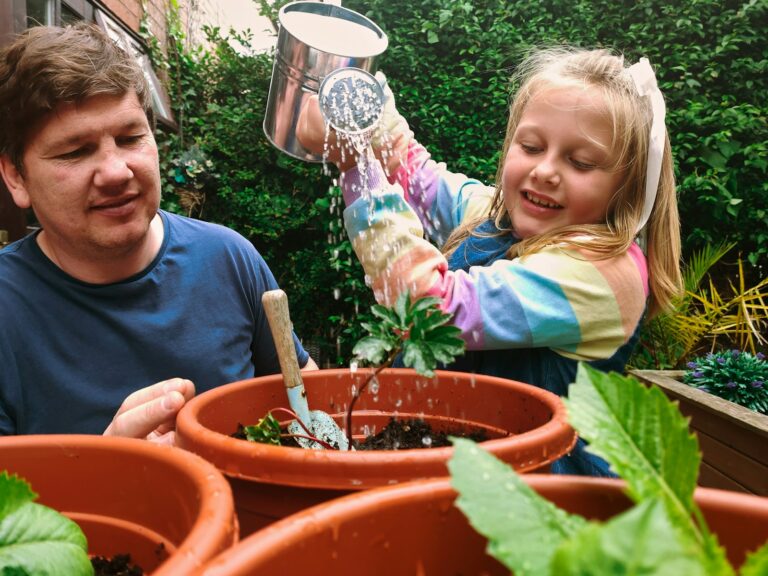How to Transition From Fall Cleanup to Winter Care Tips for a Smooth Seasonal Shift
The change from fall to winter can leave your yard looking a bit rough, but it’s the perfect time to give your outdoor space some thoughtful care. As the days get shorter and the air gets chilly, your garden needs a little help to weather the months ahead.
Transitioning from fall cleanup to winter care is about more than raking leaves. It’s about giving your plants and soil a fighting chance so they bounce back strong in the spring.
Clear dead annuals to prevent pests and diseases
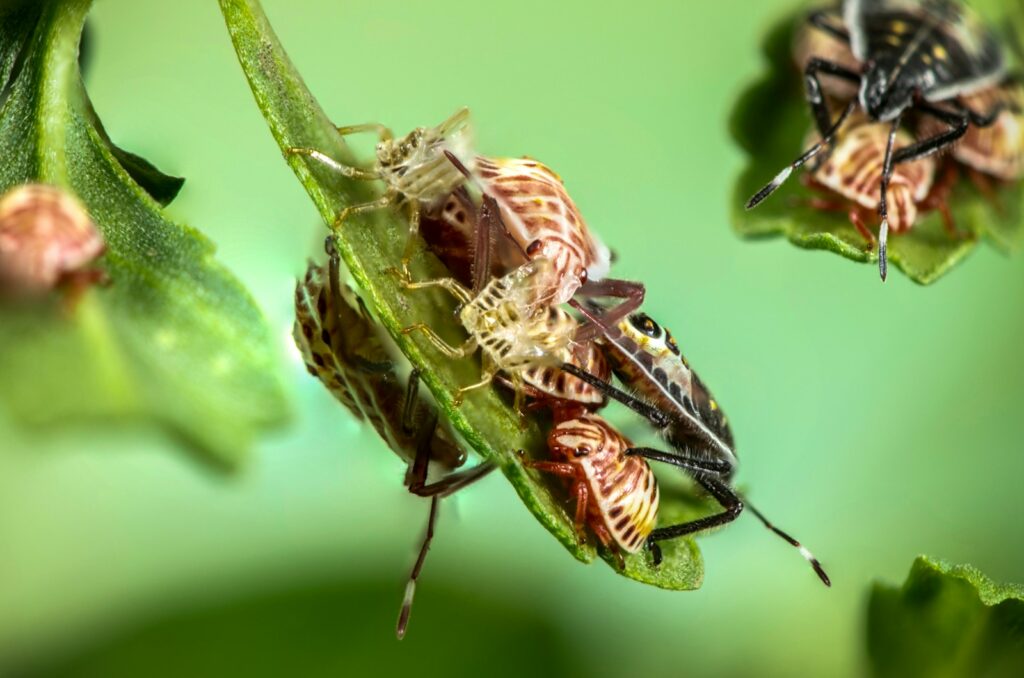
When autumn winds down, annual plants finish their cycle and die back. Removing these dead annuals is important before winter sets in.
Leaving dead plants can attract pests and diseases that stick around until spring. Old plant material often shelters insect larvae and fungal spores.
If you spot disease on your annuals, like spots or mildew, pull them up and dispose of them in the trash. Avoid adding diseased plants to your compost pile.
Clearing out dead annuals keeps your garden tidy and makes room for healthier soil. It also gives your perennials a better shot at thriving.
Cut back perennials but leave ornamental grasses
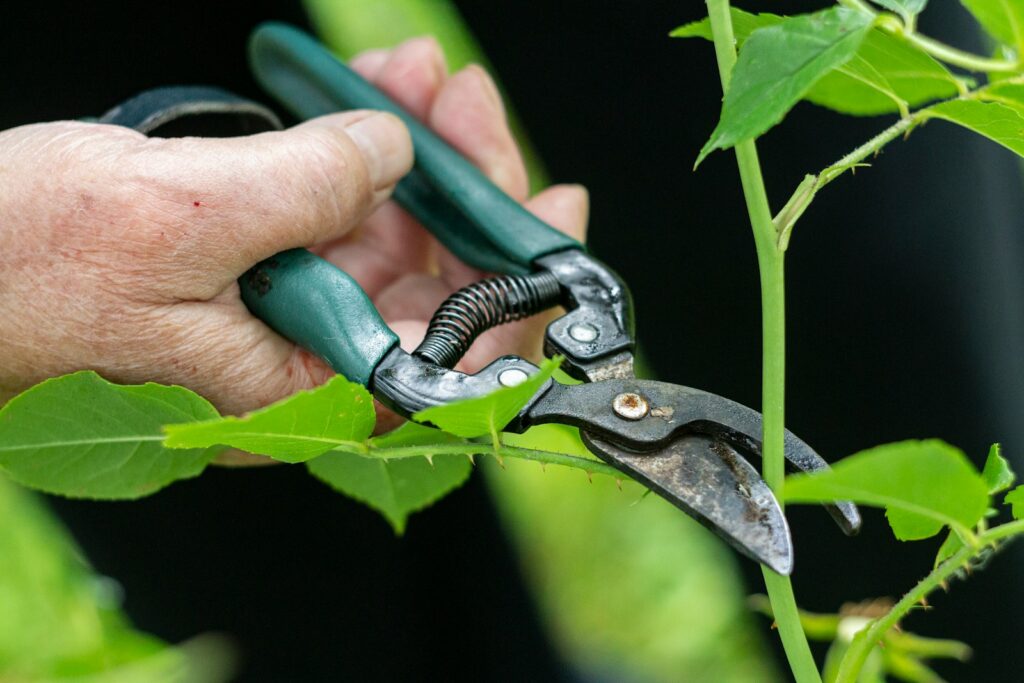
Cutting back most perennials in the fall helps keep your garden healthy. Removing dead leaves and stems makes space for new growth next spring.
Ornamental grasses are different. Leaving them standing through winter adds beautiful texture and provides shelter for birds and wildlife.
You can cut ornamental grasses back in late winter or early spring before new growth starts. If you live where wildfires are a concern, cut them back in fall for safety.
When trimming, leave about 3 to 6 inches above the ground to protect the roots. If your grasses are overgrown, this is also a good time to divide them.
Enjoy the movement and interest ornamental grasses bring to your winter garden.
Rake and compost fallen leaves for soil nourishment
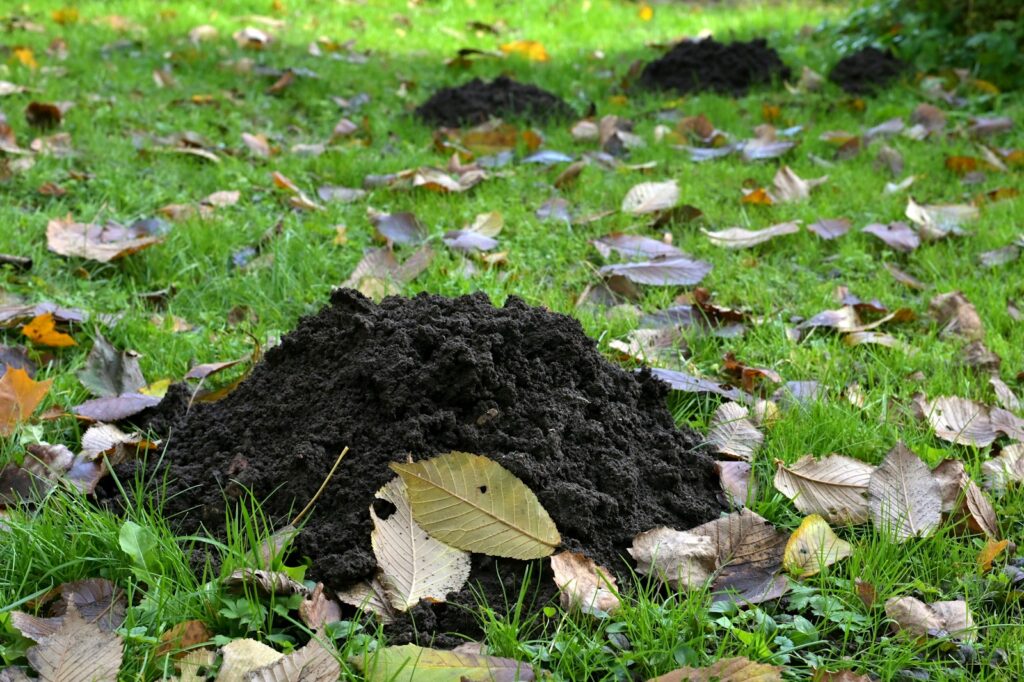
Fall means leaves everywhere. Instead of bagging them up, rake and compost them to nourish your soil.
Raking helps gather leaves for composting. Composting leaves turns them into nutrient-rich material that your plants will love.
Shredding leaves before composting helps them break down faster. Smaller pieces mean quicker compost and less yard waste.
Protect soil with a layer of mulch
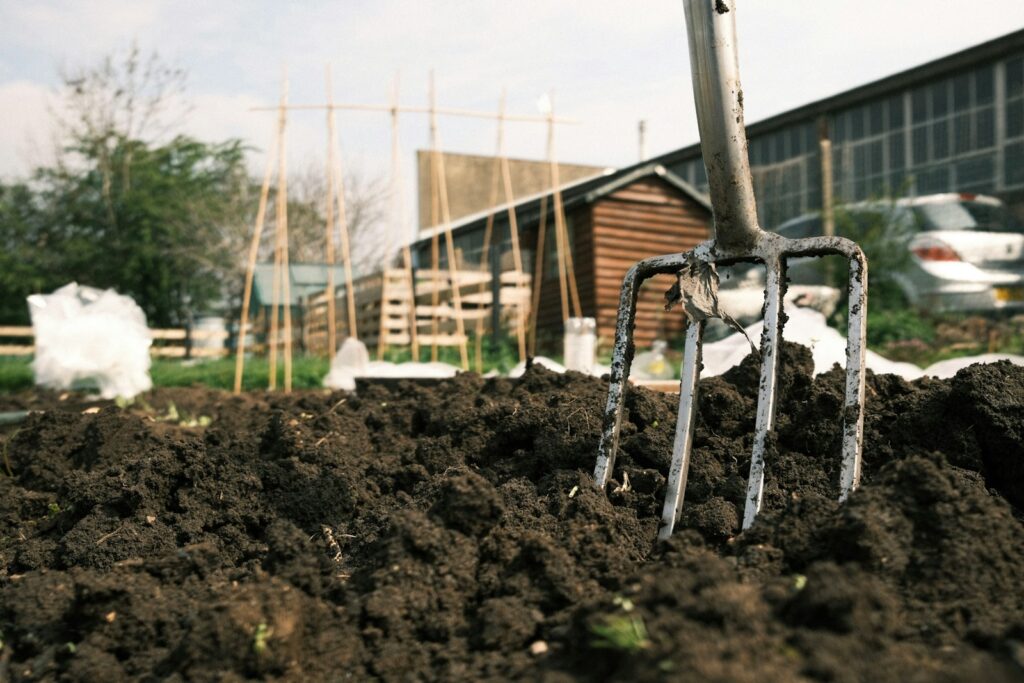
Mulching in the fall is a simple way to protect your soil. A 2 to 4 inch layer helps keep soil temperatures steady and prevents roots from freezing.
Mulch also slows moisture loss, which is important as winter can dry out the ground. It acts like a blanket, shielding soil from heavy rain, snow, and wind.
Use leaves, shredded bark, or wood chips as mulch. Leaves add nutrients back into the soil as they break down.
Spread mulch evenly but keep it a few inches away from plant stems. This helps avoid pest and disease issues.
Sharpen and clean garden tools for winter storage
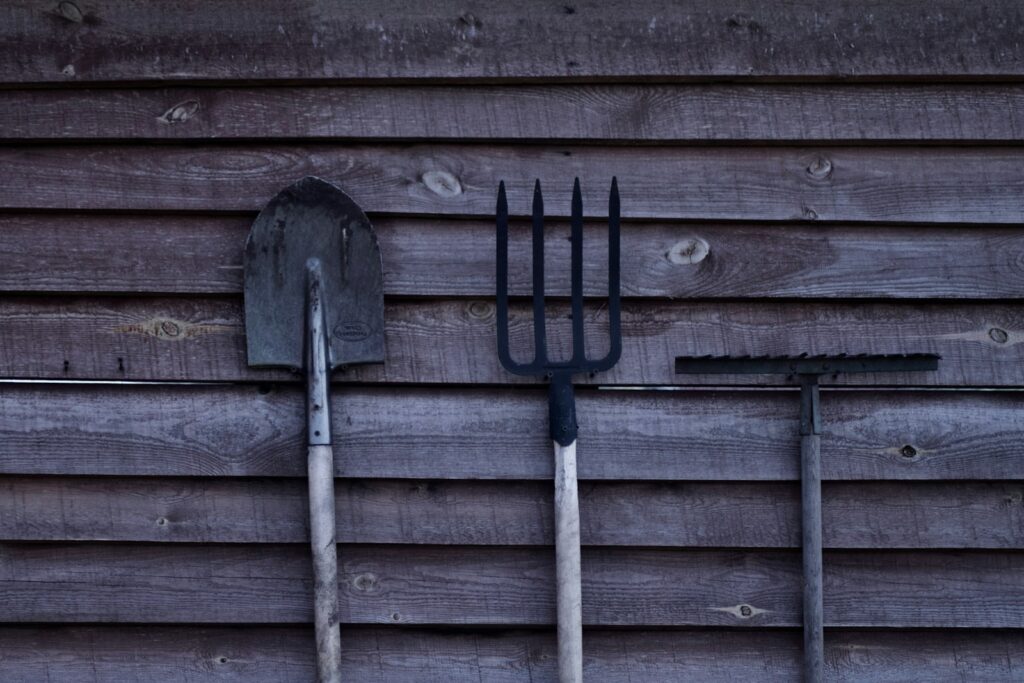
Before putting your garden tools away, give them a good cleaning. Remove dirt with a stiff brush or water, and dry them completely to prevent rust.
Check for rust and scrub any spots with sandpaper or a wire brush. Keeping tools rust-free means they’ll be ready to go when you need them.
Sharpen blades on shovels, pruners, and shears with a file or sharpening stone. A sharp tool makes spring chores easier and safer.
After cleaning and sharpening, wipe metal parts with a light coat of oil. For wooden handles, a little linseed oil helps prevent cracking.
Store tools in a dry spot, hanging them up or keeping them off damp floors.
Wrap delicate shrubs with burlap to shield from frost

Some shrubs need extra protection as winter approaches. Wrapping delicate ones with burlap helps shield them from frost and cold winds.
Place stakes around the shrub first, then wrap the burlap loosely but securely. Tie it with twine, making sure the plant is covered but not squished.
Wrap your shrubs after the first hard frost but before deep winter sets in. Remove the burlap in early spring when the weather warms up.
This quick step can make a big difference for sensitive plants.
Drain and store garden hoses properly
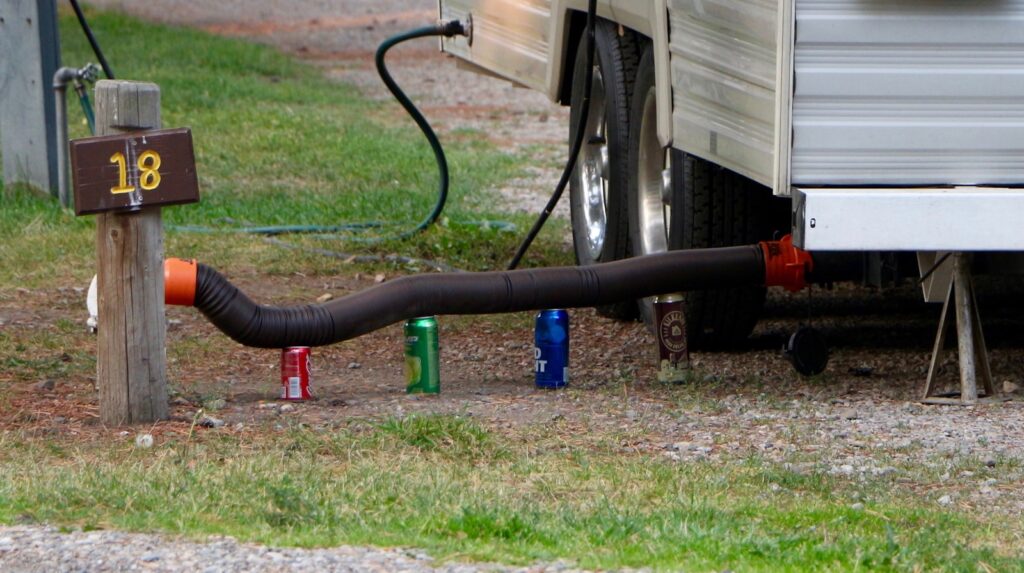
Don’t leave water in your garden hoses as winter approaches. Freezing water causes hoses to crack and fittings to break.
After draining, coil hoses in large, loose loops to prevent kinks. Tight coils can damage hoses over time.
Store hoses indoors if you can, like in a garage or shed. If that’s not possible, keep them in a covered spot outside, away from direct wind and frost.
Taking care of hoses now saves you from leaks and replacements next spring.
Plant cover crops like clover to enrich soil
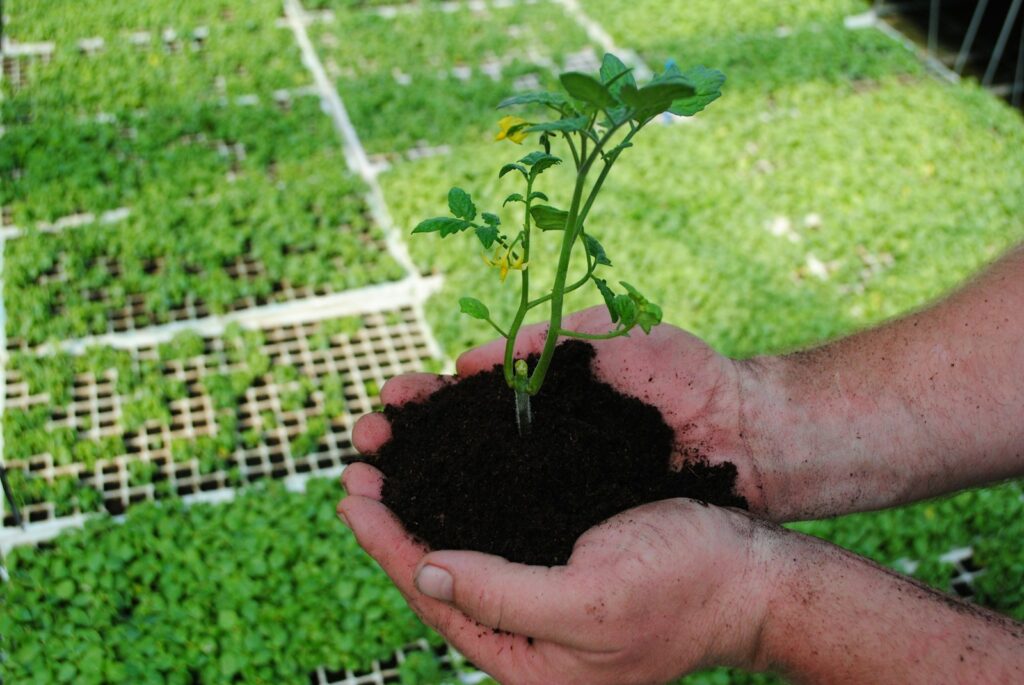
Planting cover crops such as clover is a great way to boost your soil over winter. Clover adds nitrogen, which your future plants will need.
Sow clover in late summer or fall after clearing out your garden beds. It grows quickly, covers bare soil, and helps prevent erosion.
Clover also keeps soil loose and lets water soak in better. When you turn it under in spring, it breaks down and adds organic matter.
Using cover crops means fewer weeds and less need for chemicals. It’s a simple way to give your garden a head start for next season.
Bring potted plants indoors before frost

Potted plants can be vulnerable when temperatures drop. Bring them inside before the first frost to keep them healthy.
Start moving plants indoors when nights get cooler, around 50°F or 10°C. This helps them adjust and avoids shock.
Place them in a bright spot with plenty of sunlight, away from heat vents or cold drafts. A steady indoor temperature is best for most houseplants.
Before bringing them in, trim dead leaves and check for pests. This makes the transition smoother for your plants.
Set up bird feeders to support wildlife
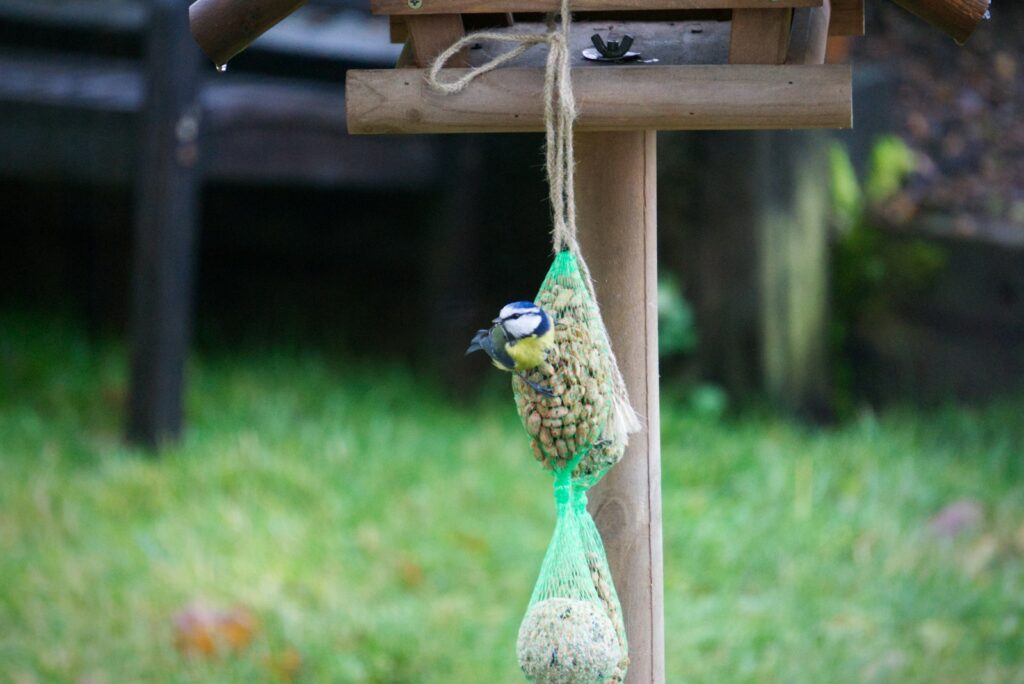
Winter is tough for backyard birds. Switching up your feeders helps them through the cold months.
Offer high-calorie foods like sunflower seeds and suet to give birds energy. Place feeders near trees or shrubs for shelter from wind and predators.
Make sure birds have access to fresh water, since it can freeze quickly in winter. Clean feeders regularly to stop diseases from spreading.
Keep feeders filled, but don’t overdo it, birds still need to forage naturally. Supporting wildlife this way can bring more life to your yard all winter.
Understanding Seasonal Landscape Needs
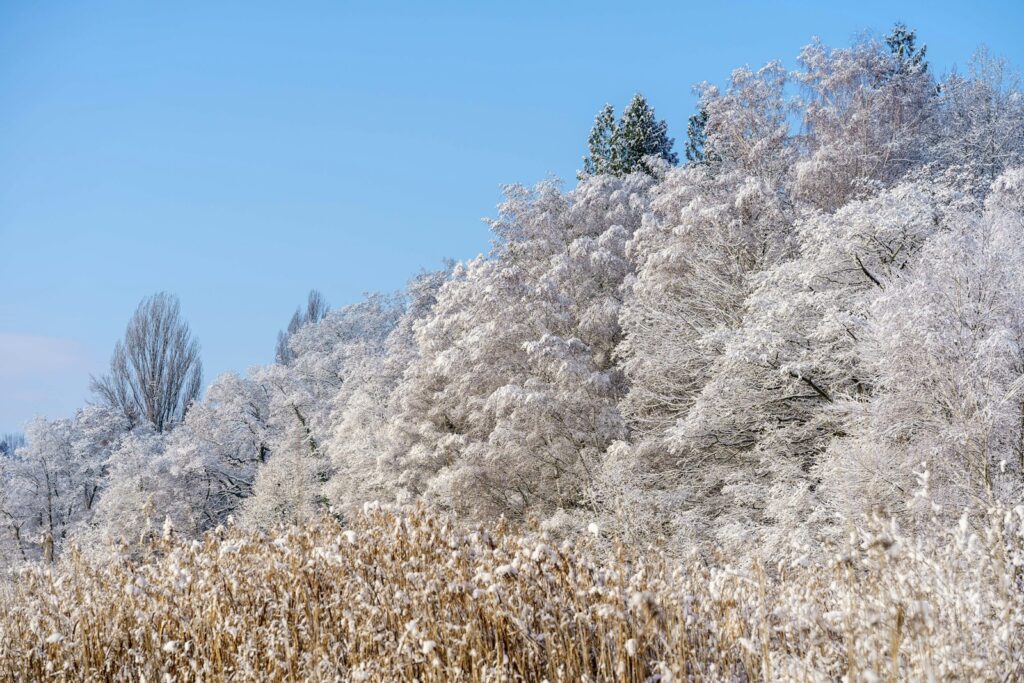
Cold weather changes how your soil and plants behave, and knowing what to expect can help you plan ahead. Managing moisture and watching for frost are key steps to keeping your landscape healthy.
How Soil and Plants Respond to Colder Temperatures
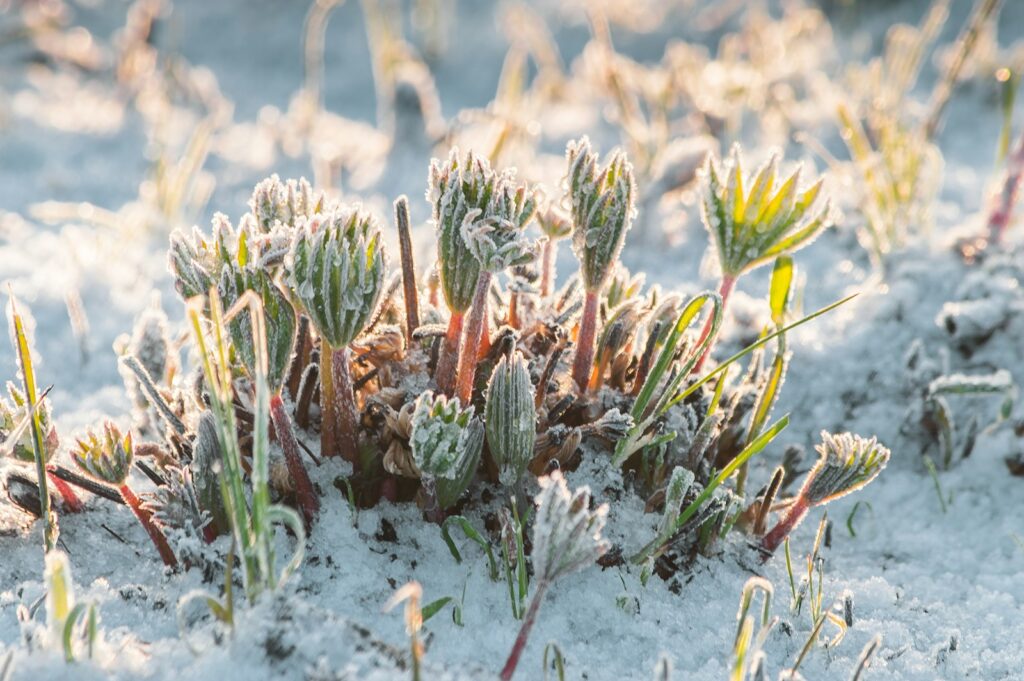
As it gets colder, soil activity slows down. Microorganisms break down organic matter more slowly, so plants rely more on stored nutrients.
Many plants go dormant to survive winter. Their growth slows, and they toughen up to handle frost.
Frozen soil can make it harder for roots to take up water, which stresses plants. Mulching helps keep soil temperature steady and protects roots.
The Role of Moisture and Frost in Winter Preparation
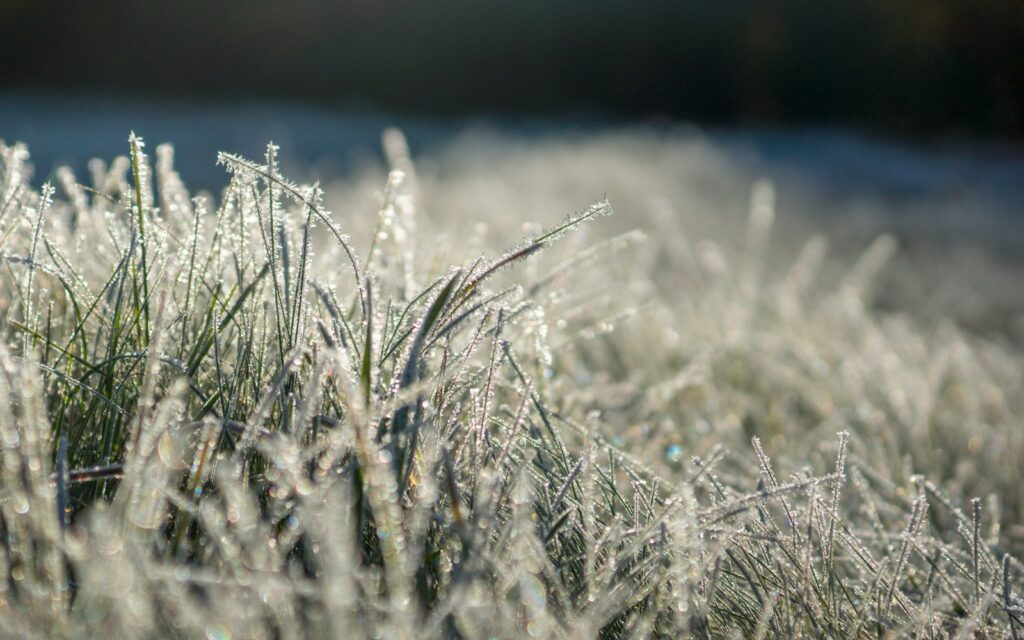
Before winter, make sure your plants are well watered if the soil is dry. Deep watering in late fall keeps them hydrated when the ground freezes.
Frost can damage tender plants by freezing their cells. Protect sensitive plants with frost cloth or by bringing pots indoors.
Don’t water heavily right before a frost, since wet soil freezes faster and can cause damage. Keep leaves and debris cleared to prevent mold and disease from trapped moisture.
Drain your irrigation system to avoid pipe damage during freezes.
Adjusting Garden Maintenance for Winter

As the weather changes, your garden needs different care to stay healthy. Focus on protection, watering, and lawn management to help everything survive until spring.
Protecting Perennials and Shrubs
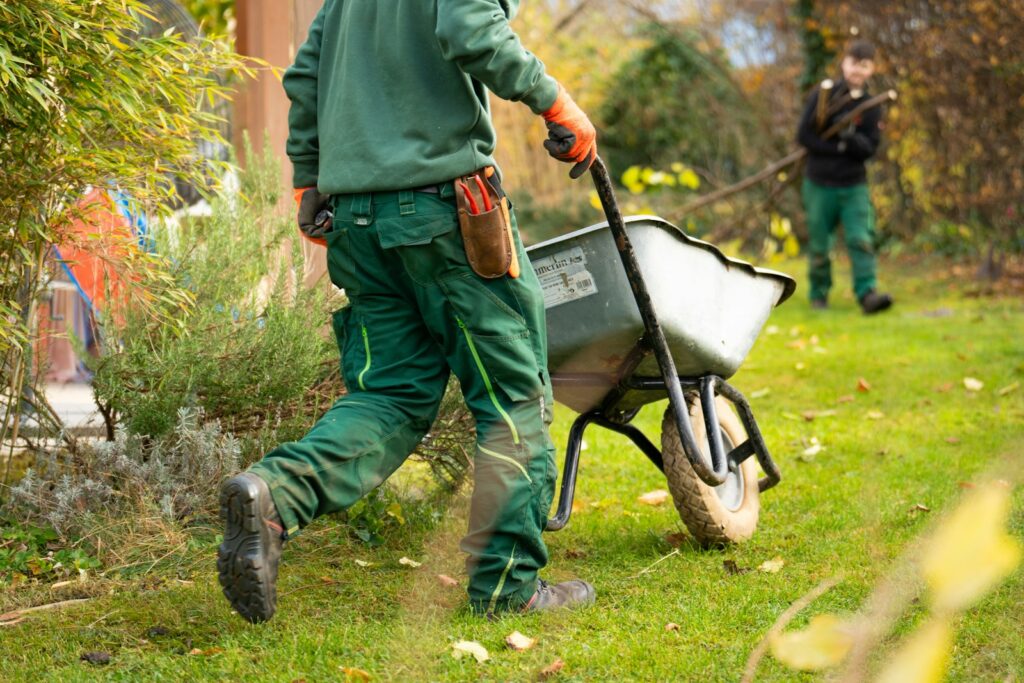
Cut back dead or damaged growth on perennials before winter to prevent disease. Add mulch around the base of perennials and shrubs to insulate roots and retain moisture.
For sensitive shrubs, wrapping them in burlap shields branches from wind and frost. Avoid heavy pruning late in the year, since new cuts can freeze. Wait until early spring for most pruning.
Water perennials and shrubs well before the ground freezes to help them through winter stress.
Transitioning Your Irrigation Practices
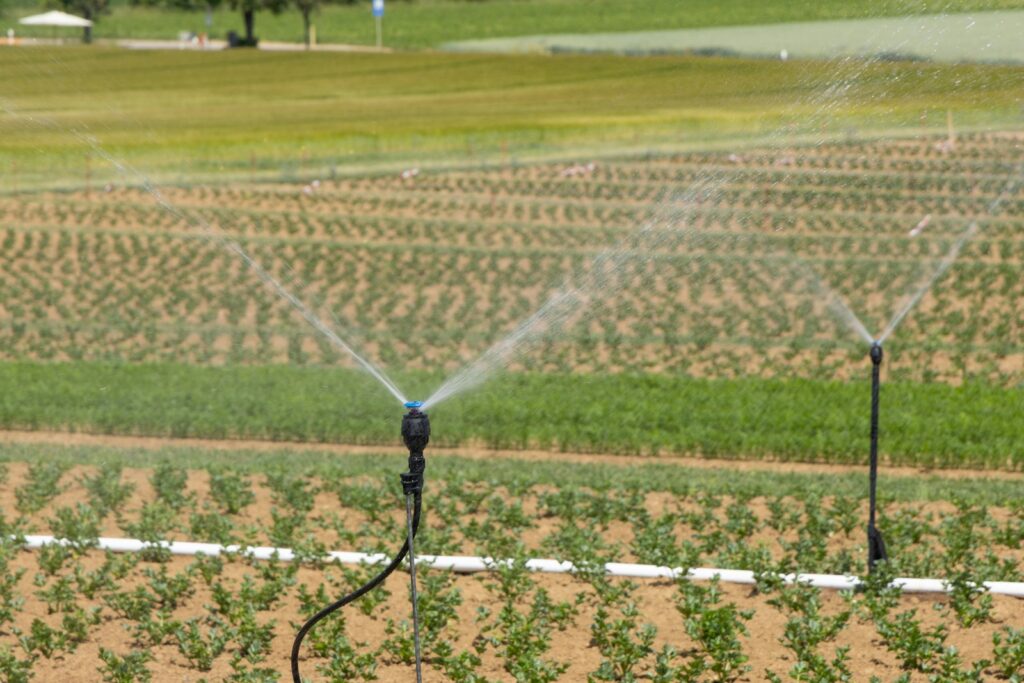
As fall turns to winter, reduce watering since plants need less in the cold. Too much water can lead to root rot and fungal problems.
Drain outdoor hoses and drip lines to prevent freezing and damage. Turn off automated irrigation timers or adjust them for less frequent watering.
In colder areas, watering every couple of weeks may be enough. Evergreens and new shrubs may still need a bit more moisture to avoid drying out.
Managing Lawn Care as Temperatures Drop

When the air turns crisp and daylight fades earlier, it can be easy to forget about lawn care. But a few simple steps now can make a difference when spring returns.
Mow your lawn one last time in late fall. Set the blade to the lowest safe height to prevent matting under snow.
Rake up fallen leaves so they do not smother the grass. This helps the lawn breathe and stay healthy.
Avoid fertilizing too late in the season. Fall fertilizer encourages root growth but should be applied by mid to late fall.
If your area experiences harsh winters, use a winterizer fertilizer. Check if your local climate calls for it.
Keep foot traffic light on frosty grass. Walking on frozen blades can cause damage and compact the soil.
Aerating in early fall helps your lawn get the air it needs during winter. This can make a noticeable difference when the weather warms up again.



